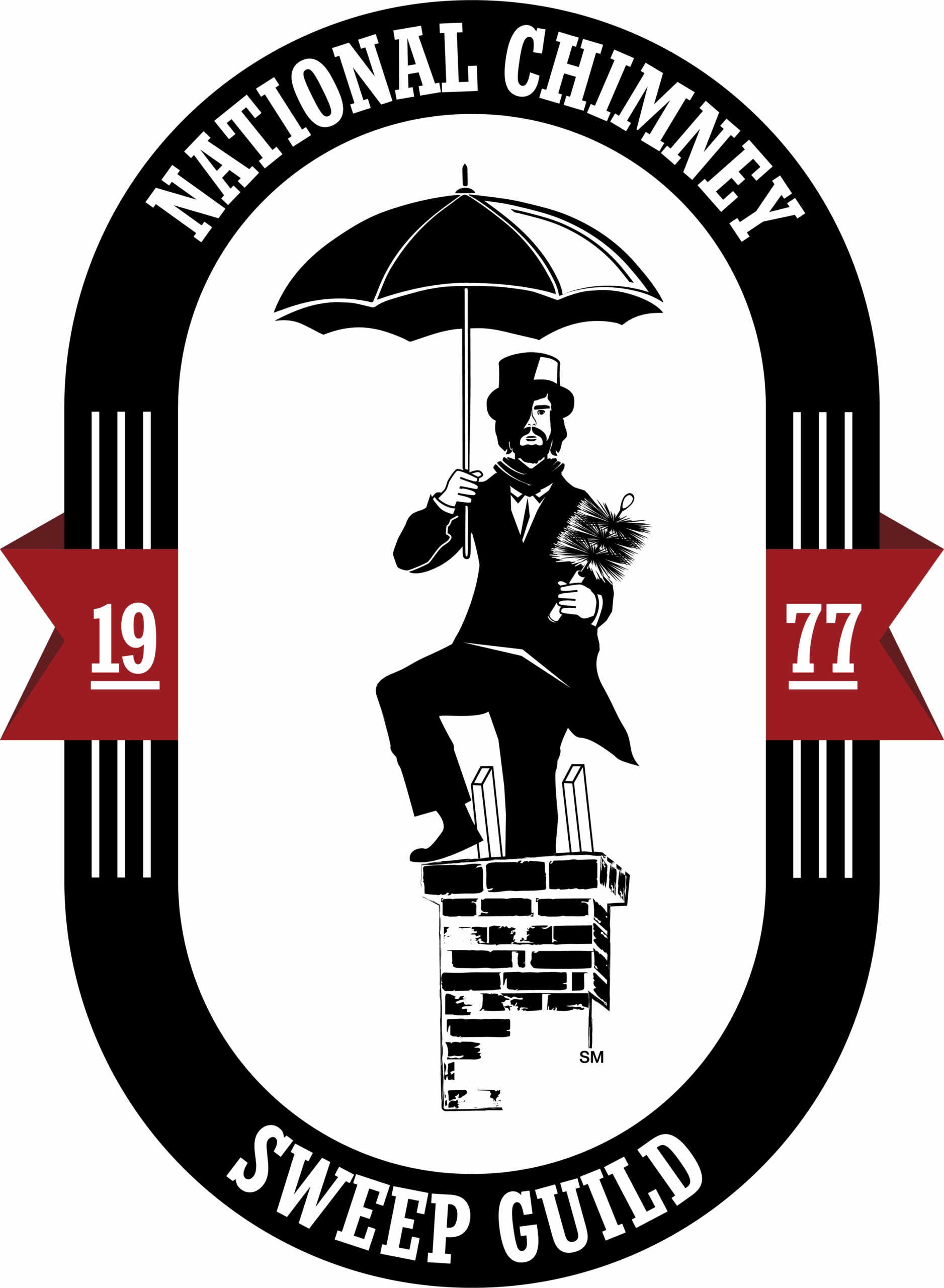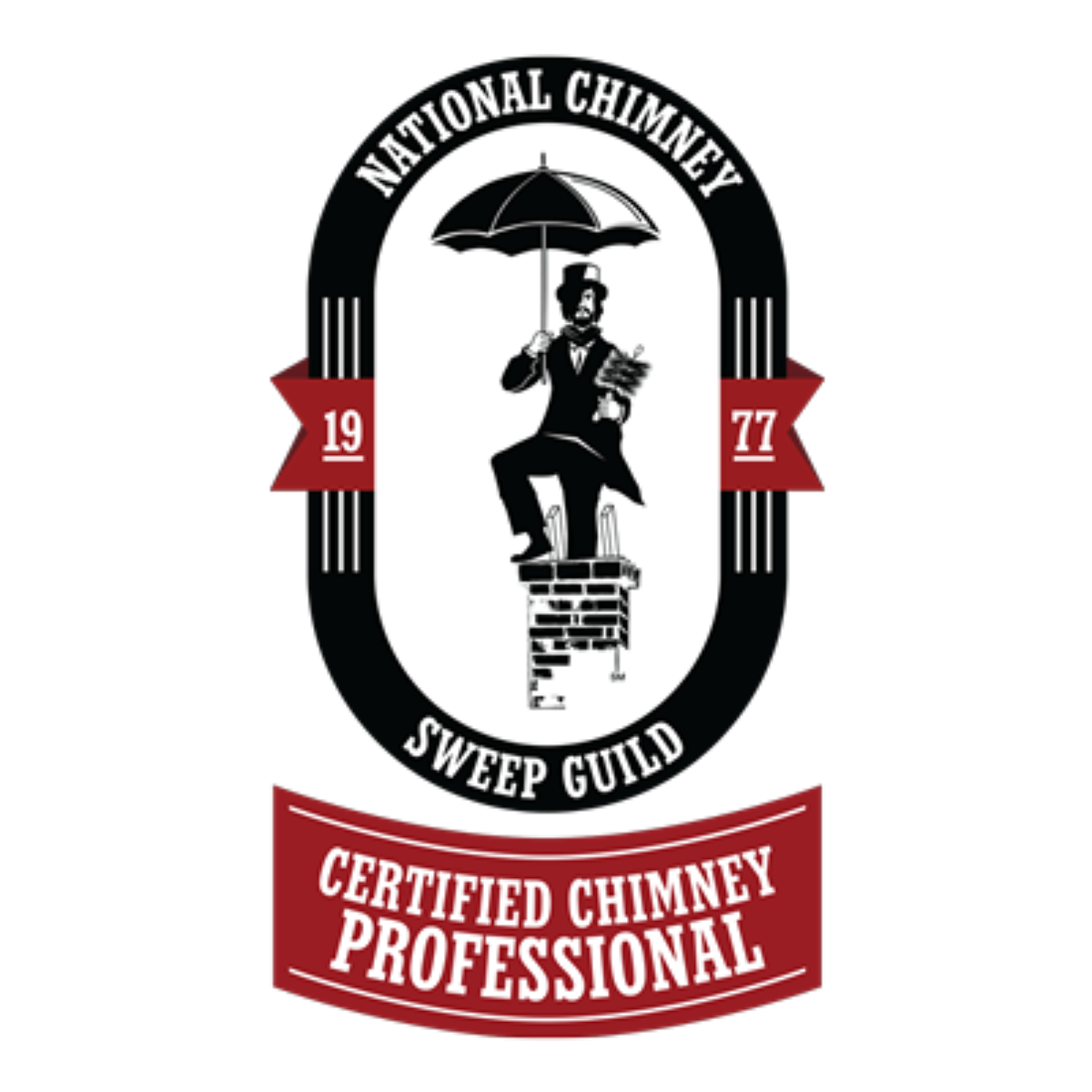It’s time for Houston Wildlife Removal!
It’s time for Houston, Texas Wildlife Removal!
Some of nature’s other living beings are fun to watch because they do funny little antics, etc. But, when they start to invade in our habitat, it’s not so funny! When you start to notice the trash can has been knocked over and the trash is strewn all over, it may NOT be that pesky neighborhood cat! If you start to hear scratching in the walls or attic, it’s annoying and creepy. Or, you may begin to smell something and the odor gets stronger.
You’ve looked everywhere… under the sink, behind furniture and now realize there may have been an animal that got in somehow, somewhere and has possibly died behind the walls. Houston wildlife removal and trapping can be a dangerous and tricky operation that’s better left to a professional that knows what they’re doing. In recent months, the Houston area has been experiencing community growth, therefore, the wildlife population is seeking a safe environment. They may figure out how to get in through the attic, by creating their own entry. They may get in through the chimney. The animals are looking for food and what better than in your warm, cozy home! You may hear movement in the attic, in between walls and floors (if you have a multi-level home).
At some point, you may have heard movement but, now there is an odor. One option is to call ‘311’ for animal control services within your local city or town. However, those services may be limited on what can be performed. It’s important to contact a professional wildlife removal service company rather than trying to remove the animal(s) yourself. Not only is it dangerous but, there are safety and health reasons. For one, the animal is going to be scared, nervous and protective of itself, as well as it’s babies (if it has nested). The animal(s) could possibly have rabies, at least a 90% chance; have fleas or other diseases. For this reason, thick, heavy gloves should be worn. After trapping is successful, the animal(s) can be taken and released humanely in a wooded area or near a lake, for instance. This allows the animal(s) to be returned to it’s natural habitat, away from populated areas. Different types or kinds of bait can be used. For instance, with raccoons, marshmallows can be used. If there are no cats around, a can of cat food can be used. Raccoons will come around where there is food available and easy access to food. You may have to secure trash can and the lid so it’s not easy for them to get into. Raccoons will also eat fish from a fish pond, kill chickens or other small pets. Raccoons have also gone in through pet doors.
When trapping squirrels, a trap in the attic probably won’t work. The trap should be near the entry way of where they’re getting in or, it can be mounted on the roof, on a tree, etc. Peanut butter or shell peanuts can be used in the trap. For the entry holes, one-way exclusion doors are an option, allowing the squirrel a way out but, not a way back in. After their removal, the entry holes should be sealed with steel. This will prevent re-entry. Squirrels are very destructive. They will use the building material in a structure to use for their nest, as well as use dried twigs, leaves and even hair. This is a potential fire hazard. They’ve also been known to chew or gnaw on electrical wiring, which can cause a short or electrical fire within the walls.
Rats are a different story.
They can get in through a half inch hole or gap, through air vents, etc. It’s very important to find out where they’re getting in and seal those areas with steel to prevent re-entry. Rats like clutter because, it’s easier for them to hide and nest. They also like where your food is kept! They’ll contaminate your food by leaving droppings and urine in things like sugar, flour and cereal boxes. They will go anywhere they want to within a structure, by gnawing on drywall, studs, electrical wire and even plumbing. So, you can imagine the damage they can create!
Snakes normally don’t cause any damage to a home or structure but, they can be bothersome to you, children and pets. If you notice a snake under your house or porch, they’re probably setting up to reproduce, which means several snakes. Definitely call a professional wildlife removal company.
Opossums can be trapped using marshmallows or cat food, if there are no cats around. They may possibly have their young clinging to them as well. Exclusion traps can be used on them also, providing a way out but, not back in.
Birds and nesting in the chimney are different also. Removal has to be postponed if the nest is active.
Armadillo trapping with bait isn’t effective. Armadillos travel or walk along the edges of gardens or, stay close to a cover, of some sort. Setting a trap in the path they’ve made or on the mound of the burrow will work.
Houston, Texas wildlife removal can and does include a dead animal. This can be difficult because, you have to go by smell. The odor will be the strongest where there’s the least or no airflow, even if it’s far from the dead animal. So, you’re basically ‘following your nose’, so to speak. After the animal has been located and removed (this may include cutting into the plaster or sheetrock), a cleaner that’s enzyme based should be used and any live maggots need to be removed. Protective gloves should definitely be used, as well as a plastic bag for the carcass. There may be regulations on the disposal of dead animals, depending on where you live. For example, it may be permissible to discard some animal carcasses in a plastic bag in the trash. While, some may need to be taken elsewhere to be buried.










